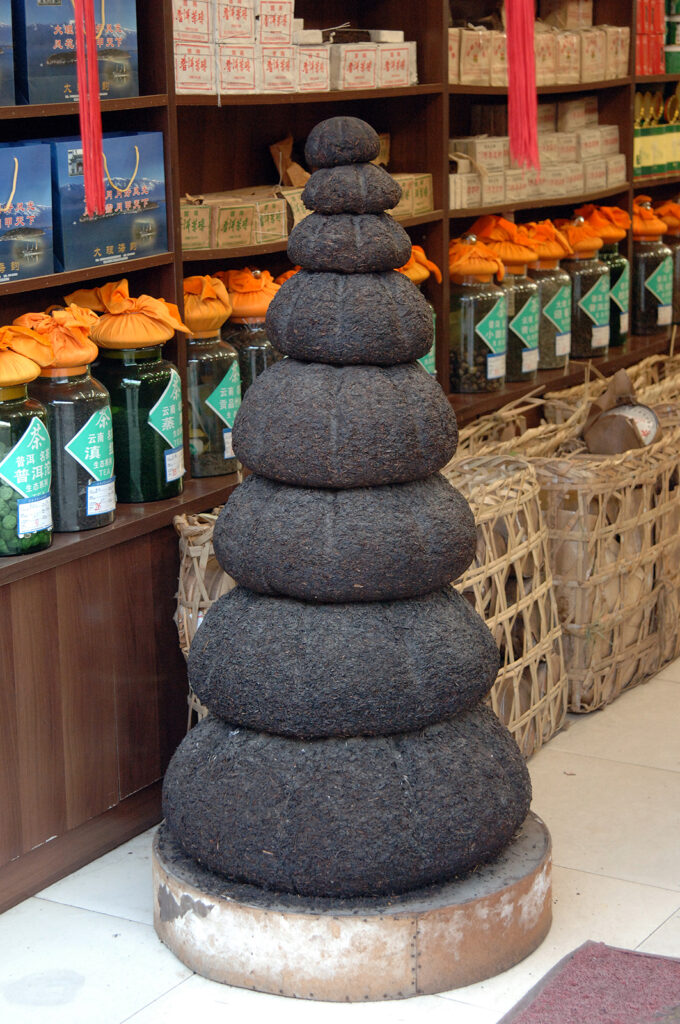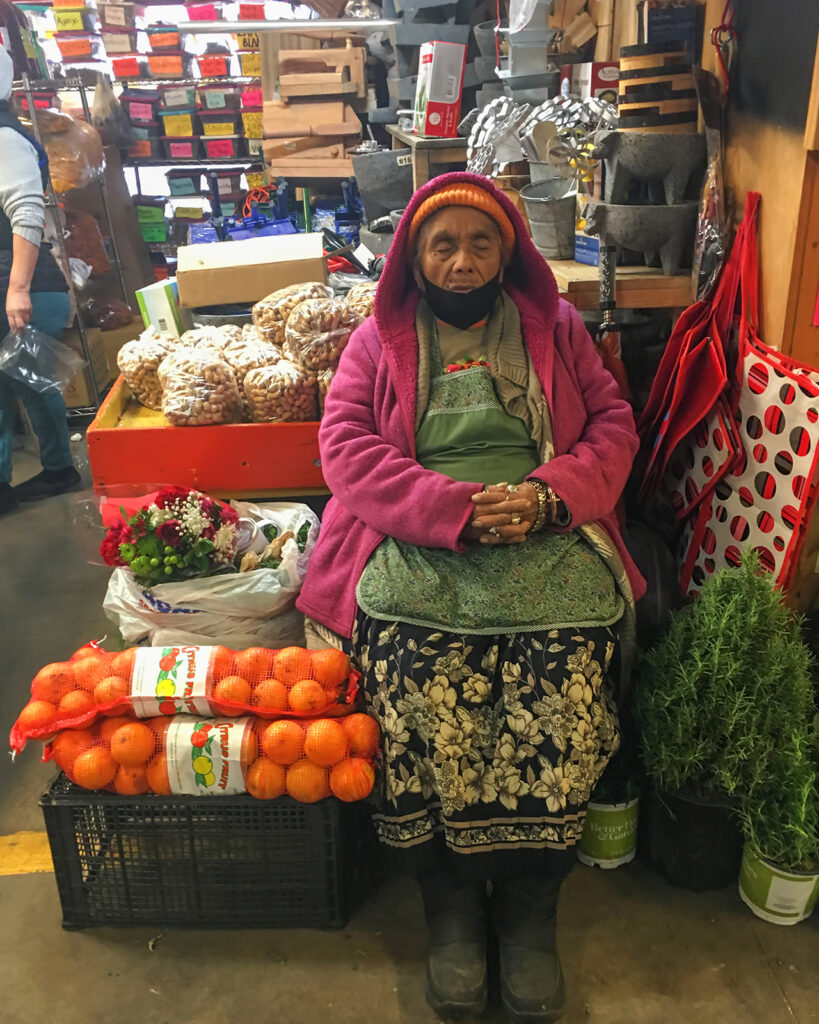Certain foods (especially wine) are renowned for their “goût de terroir,” or taste of the soil. Terroir encompasses all of the natural elements (water, air, climate, soil, geography) that influence the taste of a crop, such as grapes. I will argue that the best peaches in the world are from the Texas Hill Country, and that the best grapefruit are from the Rio Grande Valley (and the best oysters are from Hiroshima, the best yams are from the Cockpit Country in Jamaica, and the best Pu’er tea is from Yunnan Province in China).
Cities have a ”terroir” as well, except this feature, this element, is better expressed as “soul.” There are soulful cities such as New Orleans, Santa Fe, Coyoacán, and Paris, places so distinctive, so singular, that you would never mistake them for another place on the planet.

I have lived in three cities with varying degrees of soul – Galveston, Austin, and Houston. One of the three has become soulless in my lifetime, scrubbed clean by new urbanists and gentrifiers of that which made it attractive and distinctive in the first place. The other two are rushing toward what seems now to be a similar antiseptic destination.
My wife, Virginia, and I recently stayed about 24 hours in Houston, and before returning to Austin we wandered by the remains of the Houston Farmers Market on Airline (Market). All that is left of the Market is one tiny sliver of the precious use-to-be, hemmed in by sterile, colorless warehouses touted by Houston’s new urbanists and James Beardian chefs as Houston’s deserved future. As one of the partners gushed at the groundbreaking; “Houston is long overdue for a world-class market.”
Houston, you had one.

My connection to the Market goes back almost 50 years, to a time when I first shopped Caninos’s Market with my parents. The Market was one of the great cultural spaces in Texas. For example, I cannot think of a place that I would rather visit at Christmas, with all of the traditional Mexican foods and spices displayed by hundreds of small vendors in row-after-row sensual bliss. The go-to place for Christmas tamales? The Market. Need a place to have your pecans cracked? The Market. Need pomegranates? The Market. Need a crate of Rio Red grapefruit just trucked up from the Valley (South Texas)? The Market.
Now, the soul of this space has been expunged. Houston is quickly becoming just another ugly, soulless city, and this may be the iconic moment, the iconic sacrifice, in its transformation.
And what is planned for the Market? Here is an article that details this murder of a cultural space. Does race play a part in this? How could it be more obvious then when you destroy an organic expression of the Mexican soul as expressed in Houston’s el mercado without a peep from the preservation community since they are singularly focused on buildings and not on people?

Growth for the sake of growth is the ideology of the cancer cell…Edward Abbey
Austin, this is you. The City of Austin is solely focused on facilitating growth, of aligning all of its resources to help feed the insatiable appetite of soulless, spiritless, insipid growth. This is Waller Creek. This is Lady Bird Lake. This is Pease Park. Austin is rushing headlong into become just another soulless, nondescript city with a single claim to fame – growth.
Soulful cities have musicians, not just music. Soulful cities have actors, not just theatre. Soulful cities have artists, not just art. Soulful cities have nature, not just parks. Soulful cities have congregations, not just churches. Soulful cities have neighborhoods, not just residences. Soulful cities are interlaced with roads and trails that tell stories rather than mind numbing “transportation corridors.” Soulful cities live their histories rather than just protect old buildings.
Although I cannot prove it with my life experiences, I do not believe that growth and change are inevitable. However, if they are inevitable, then they must be shaped, managed. For example, why isn’t there a strategy to protect the soul of the city? Cities have plans for parks, roads, buildings, flooding, sewage, and the like, but what about a plan for soul (here is a plan for Edmonton along these lines)? In truth, I wonder if the mayor, council, and city manager can even describe (or sense) the soul of Austin.

Urban growth (sprawl) is a linear, left-brained affair, obsessed with facts rather than feelings. Growth, in the urbanist scheme, is to be engineered.
Yet, the way in which we judge the quality of our lives, our happiness, isn’t factual at all. This is where Austin is failing (and Houston has already failed). Happiness isn’t engineered; it is nurtured and nourished. The soulful city grows organically of its own accord, spreading in directions that cannot be anticipated, only allowed.
There is a quality even meaner than outright ugliness or disorder, and this meaner quality is the dishonest mask of pretended order, achieved by ignoring or suppressing the real order that is struggling to exist and to be served…Jane Jacobs


